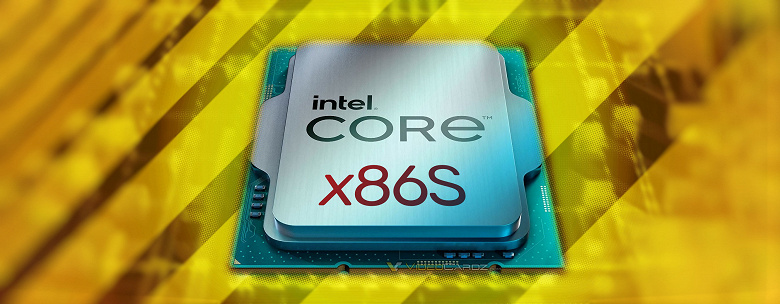But so far only cites the benefits of such a transition.
Even though Windows 11 no longer even exists in 32-bit, offering only 64-bit, modern hardware can support 16-bit as well as 32-bit computing. Intel has published a white paper outlining the benefits of dropping legacy modes entirely and moving to a 64-bit architecture that Intel also calls x86S compatible.
Intel proposes a complete transition to 64-bit architecture
Here are the points that the company highlights as benefits:
- Using a simplified 64-bit segmentation model to support segmentation of 32-bit applications in line with what modern operating systems already use.
- Removal of rings 1 and 2 (which are not used by modern software) and deprecated segmentation features such as gates.
- Remove support for 16-bit addressing.
- Elimination of support for access to ring 3 I/O ports.
- Exception for string port I/O, which supported the legacy CPU-driven I/O model.
- Limit local interrupt controller (APIC) usage to X2APIC and remove deprecated 8259 support.
- Remove some unused operating system mode bits.

The solution to problems associated with the periodic need to run legacy OS Intel sees in virtual machines. Considering that this document of the company contains only general provisions and does not contain any hints that Intel is going to switch exclusively to 64-bit architecture in the near future, it may be necessary to wait a very long time until such solutions appear on the market.



